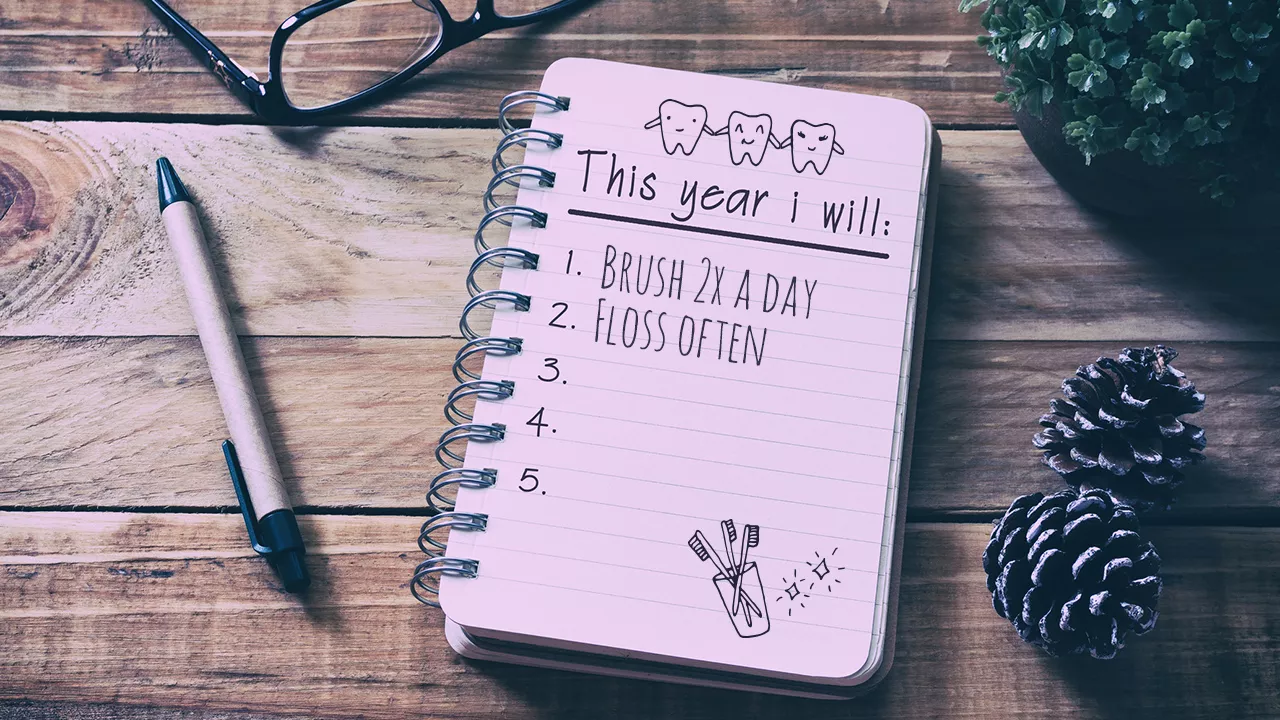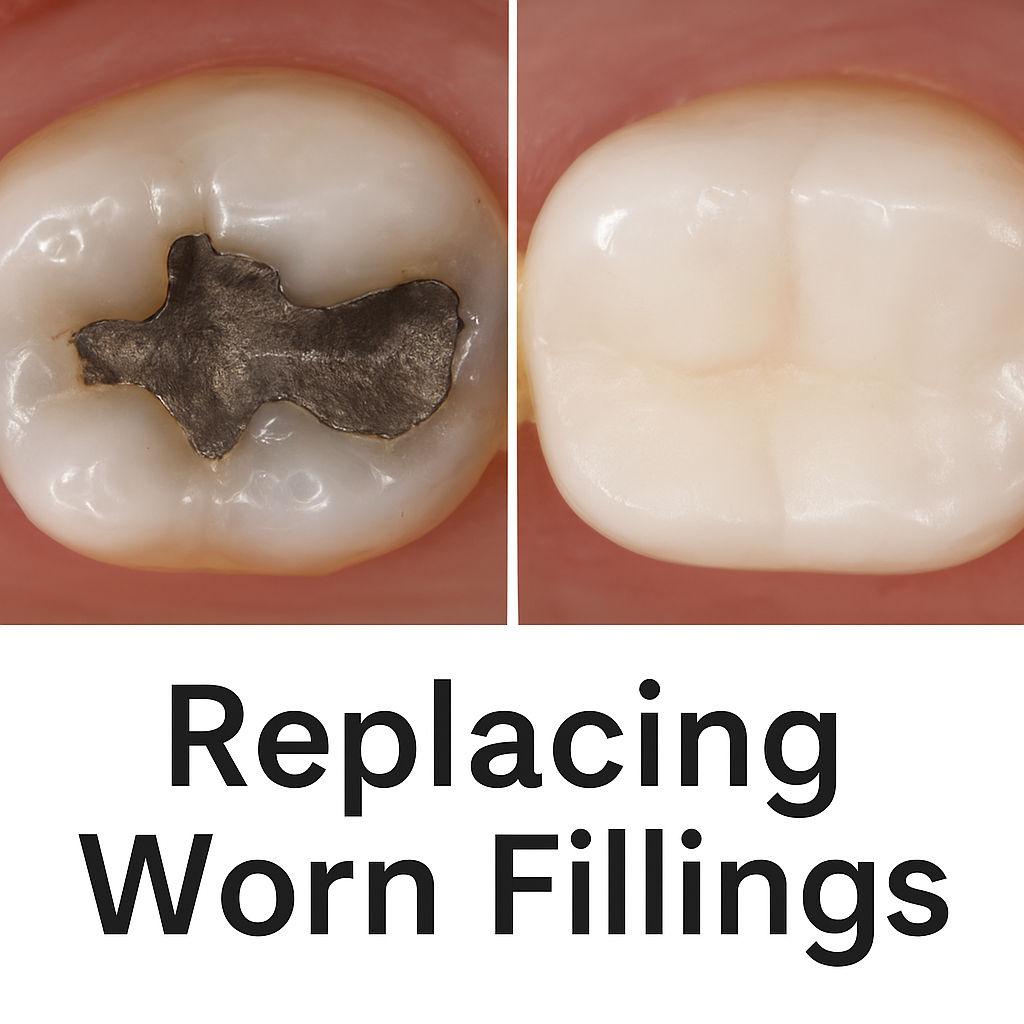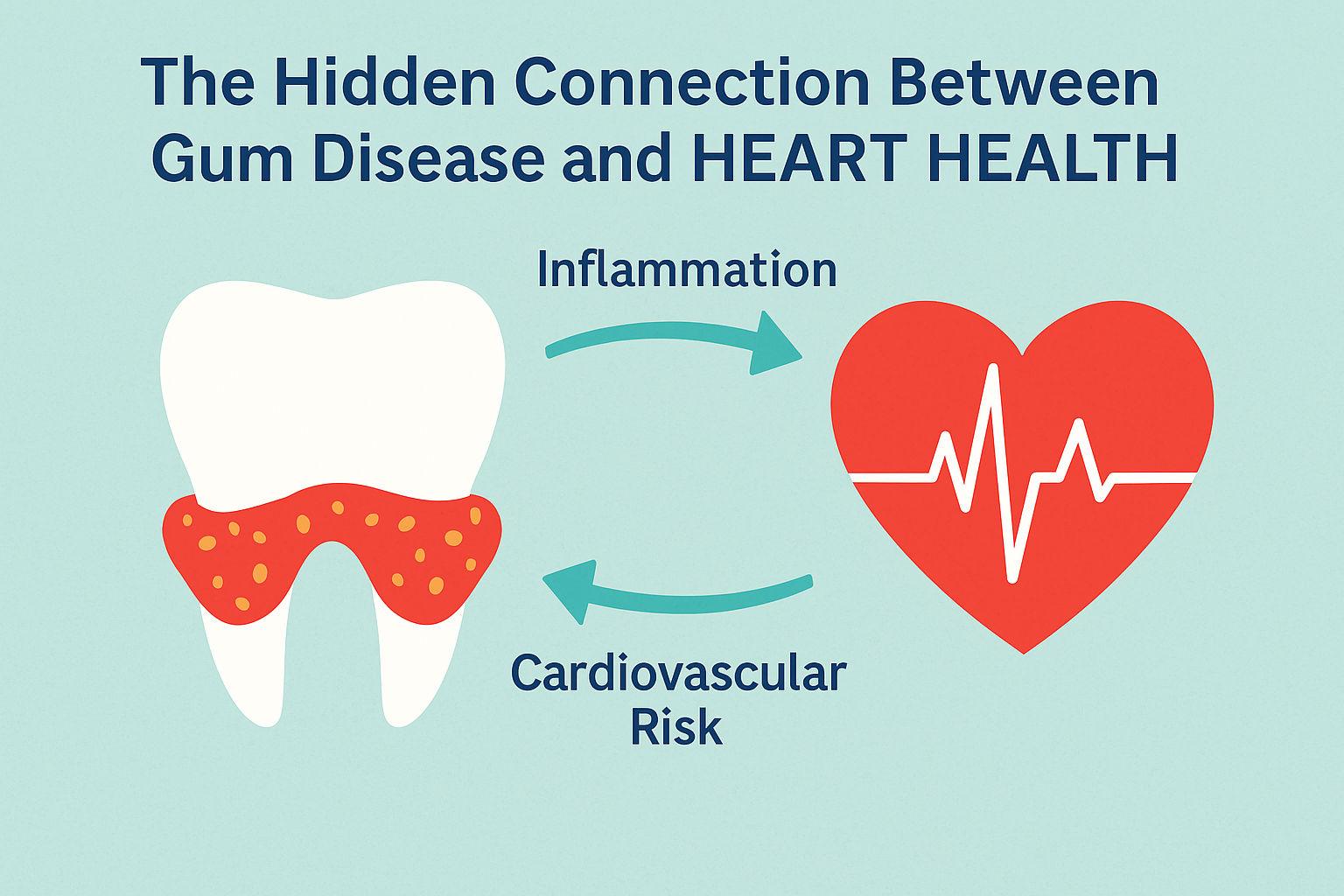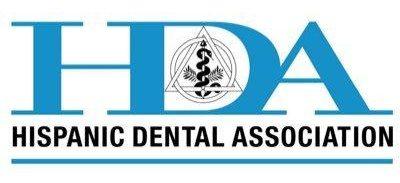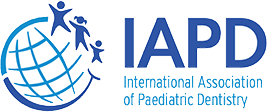Making a resolution for the new year on January 1st is something that has been done for a long time and is considered a tradition. Many individuals make resolutions to improve their health at the beginning of the year in Orem, but few actually follow through.
How about you resolve to start taking better care of your teeth and gums this January? It’s not easy to start over, but your teeth’s health will improve dramatically if you do.
In order to maintain healthy teeth and gums, we have compiled a comprehensive oral hygiene routine guide.
Choosing the Right Toothbrush for You
There is a widespread misconception that electric toothbrushes are superior to traditional manual toothbrushes for cleaning teeth. Both are effective in cleaning if used properly, but many people prefer the convenience of an electric brush.
The brush’s head should be tiny enough and have gentle enough bristles so it may be placed in your mouth without discomfort. It is recommended that you change the brush head every three to four months or if the bristles begin to become too worn or too soft. In order to efficiently remove plaque and other debris from your teeth, your dentist or hygienist will be able to show you the proper way to use your toothbrush.
You Shouldn’t Brush Too Vigorously or Too Frequently.
It is a common misconception that the more regularly you wash your teeth, the better it is for your teeth. You shouldn’t wash your teeth more than twice a day, and you shouldn’t clean them less than that, either. To maintain tooth enamel, brushing should only be done just before bed and first thing in the morning.
If you brush too vigorously, you might wear away the enamel on your teeth, leaving them more sensitive and vulnerable to cavities. Plaque may be easily removed with just two minutes of moderate brushing twice a day.
Using Dental Floss Regularly
Only a small fraction of the tooth surface can be cleaned by brushing alone; hence a significant amount of the tooth surface remains unclean. At least once a day, you must floss to access these spaces. Plaque buildup on teeth and in the gums is a major contributor to dental problems, including gingivitis and cavities.
As a result of bleeding gums, many people give up on flossing after only a few attempts. Your gums are unhealthy and bleeding because of this, but with time and care, they may become healthy again.
Your dentist may show you a demonstration of the proper flossing technique if you have never seen one or if you just need a refresher.
Put Down the Sweet Treats
Tooth decay is rising due to the prevalence of high-sugar contemporary meals; nevertheless, it may be avoided. The bacteria in your mouth feed on sugars, and the resulting acid attacks your teeth. Constant exposure to these harmful substances will eventually lead to tooth decay.
The less sugar you consume, the better for your health, but if you really must have something sweet, try to keep it to mealtimes. By doing so, the acidity in your mouth might gradually decrease.
The Tongue Test
If you’re not sure if you’ve properly cleaned your teeth, how do you know? The tongue test is a straightforward technique that can reveal this information. After you’re done brushing, rub your tongue over your teeth to see whether they feel smooth. If they do, you did an excellent job.
Disclosing pills contain a particular color that makes plaque and debris in your mouth stand up clearly, so you may use them if you’re not sure if you’ve been thorough enough.
Sufficient Water Intake
The health of your mouth and the rest of your body depends heavily on how much water you consume. Plaque development and the possibility of tooth decay and gum disease are both boosted by a dry mouth.
The saliva produced as a result of drinking enough water serves to neutralize acids, improve digestion, help the mouth fight off bacteria, and protect teeth from decay.
If you resolve to implement even a few of these practices in the next year, you will greatly improve your oral hygiene and decrease your likelihood of acquiring cavities and gum disease in the coming year.

